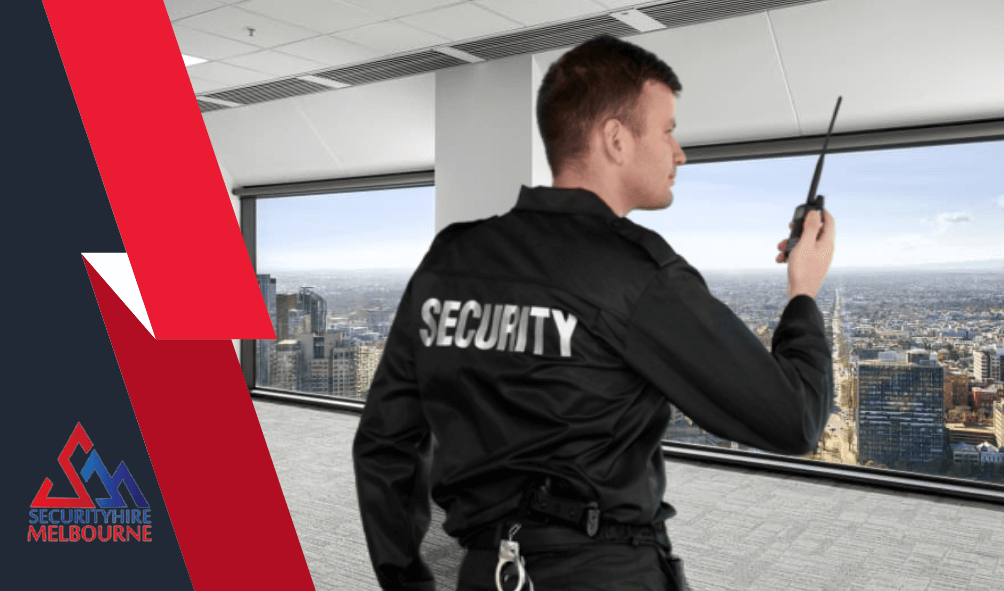Corporate security is a critical aspect of business operations, encompassing the protection of assets, employees, and information from a wide range of threats and risks. In today’s interconnected and digitized world, organizations face evolving challenges that require proactive and comprehensive security measures to mitigate potential impacts on business continuity, reputation, and profitability. This article explores corporate security best practices, focusing on effective strategies for safeguarding corporate assets, employees, and information.
1. Risk Assessment and Management:
Effective corporate security begins with a thorough risk assessment to identify potential threats, vulnerabilities, and risks to the organization. This involves evaluating various factors such as the physical environment, cybersecurity posture, regulatory requirements, and geopolitical landscape. By conducting a comprehensive risk assessment, organizations can prioritize security investments, allocate resources effectively, and develop risk mitigation strategies tailored to their specific needs and circumstances.
2. Access Control and Identity Management:
Implementing robust access control and identity management measures is essential for protecting corporate assets and sensitive information. This includes controlling physical access to facilities through measures such as key card access, biometric authentication, and security guards. In addition, organizations should implement strong authentication and authorization mechanisms for accessing digital resources, such as multi-factor authentication, role-based access controls, and privileged access management.
3. Cybersecurity Protection:
With the increasing prevalence of cyber threats, organizations must prioritize cybersecurity to protect their digital assets and infrastructure. This involves implementing a multi-layered approach to cybersecurity, including endpoint protection, network security, email security, and web security. Organizations should also regularly update and patch software, conduct vulnerability assessments, and provide cybersecurity training for employees to raise awareness about common threats such as phishing, malware, and ransomware.
4. Physical Security Measures:
Physical security measures are essential for protecting corporate facilities, assets, and employees from physical threats such as theft, vandalism, and unauthorized access. This includes installing surveillance cameras, alarm systems, and access control systems to monitor and control access to sensitive areas. Organizations should also implement perimeter security measures such as fences, gates, and barriers to deter intruders and prevent unauthorized entry.
5. Employee Training and Awareness:
Employees are often the first line of defense against security threats, making employee training and awareness programs critical components of corporate security. Organizations should provide comprehensive training on security policies, procedures, and best practices to educate employees about their roles and responsibilities in maintaining security. This includes training on cybersecurity awareness, social engineering, data protection, and incident response procedures.
6. Incident Response and Crisis Management:
Despite best efforts to prevent security incidents, organizations must be prepared to respond effectively in the event of a security breach or crisis. This requires developing and testing incident response and crisis management plans that outline roles, responsibilities, and procedures for responding to various types of incidents. Organizations should also establish communication protocols, coordinate with relevant stakeholders, and have mechanisms in place for rapid decision-making and escalation of issues.
7. Vendor and Supply Chain Security:
Organizations must extend their security efforts beyond their own boundaries to include vendors and suppliers within their supply chain. This involves conducting due diligence on vendors, assessing their security practices, and ensuring that contractual agreements include security requirements and obligations. Organizations should also implement controls to monitor and manage third-party access to their systems and data to mitigate the risk of supply chain attacks and data breaches.
8. Compliance and Regulatory Requirements of corporate security:
Compliance with relevant laws, regulations, and industry standards is essential for ensuring corporate security and avoiding legal and regulatory penalties. Organizations should stay informed about applicable security regulations such as GDPR, HIPAA, PCI DSS, and SOX, and take steps to ensure compliance with these requirements. This may involve conducting regular audits, assessments, and reviews to verify adherence to security standards and address any gaps or deficiencies.
9. Security Culture and Governance:
Creating a strong security culture and governance framework is essential for embedding security into the organizational culture and ensuring that security considerations are integrated into business processes and decision-making. This involves establishing clear security policies, guidelines, and standards, and promoting a culture of accountability, transparency, and continuous improvement. Organizations should also appoint dedicated security personnel or committees to oversee security initiatives and monitor compliance with security policies and procedures.
10. Continuous Monitoring and Improvement:
Corporate security is an ongoing process that requires continuous monitoring, evaluation, and improvement to adapt to evolving threats and risks. Organizations should implement mechanisms for monitoring security controls, detecting security incidents, and measuring the effectiveness of security programs. Regular security assessments, penetration testing, and audits can help identify areas for improvement and inform decisions about security investments and resource allocations.
In conclusion, corporate security guard Sydney best practices encompass a range of strategies and measures aimed at protecting corporate assets, employees, and information from a diverse array of threats and risks. By prioritizing risk assessment and management, access control, cybersecurity protection, physical security measures, employee training and awareness, incident response and crisis management, vendor and supply chain security, compliance with regulatory requirements, security culture and governance, and continuous monitoring and improvement, organizations can enhance their security posture and reduce their exposure to security risks. Investing in robust security measures is essential for safeguarding corporate interests, maintaining business continuity, and preserving the trust and confidence of customers, partners, and stakeholders in an increasingly complex and interconnected business environment.



